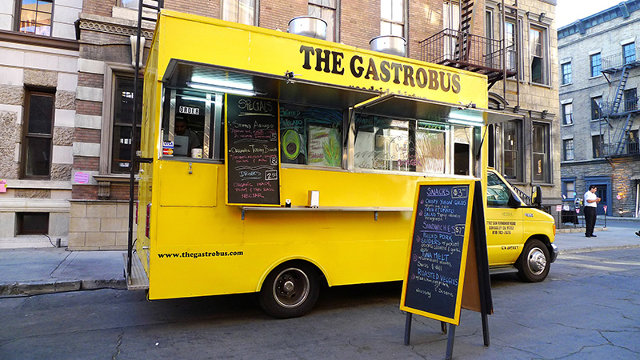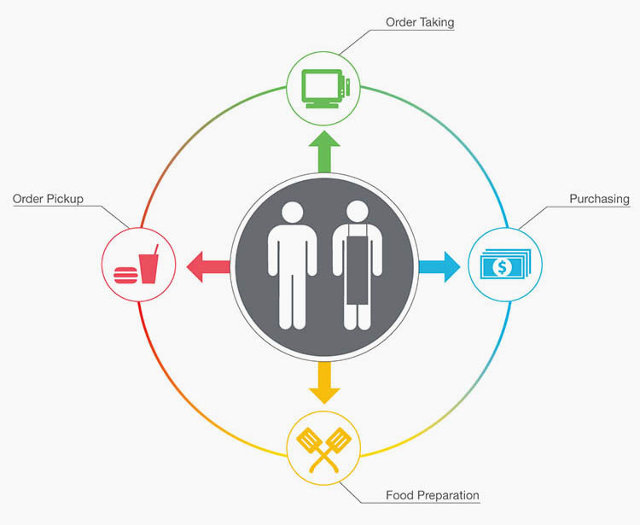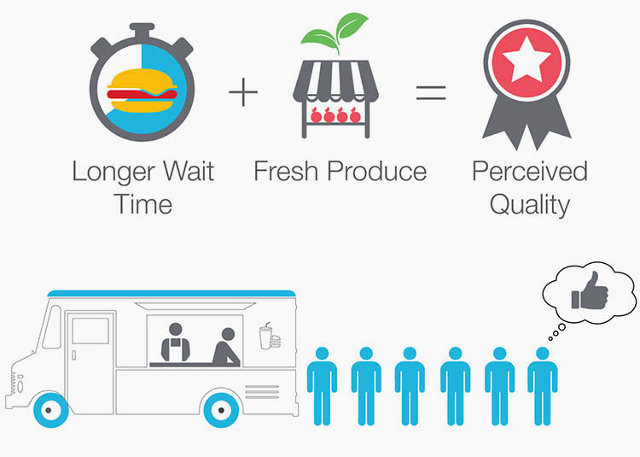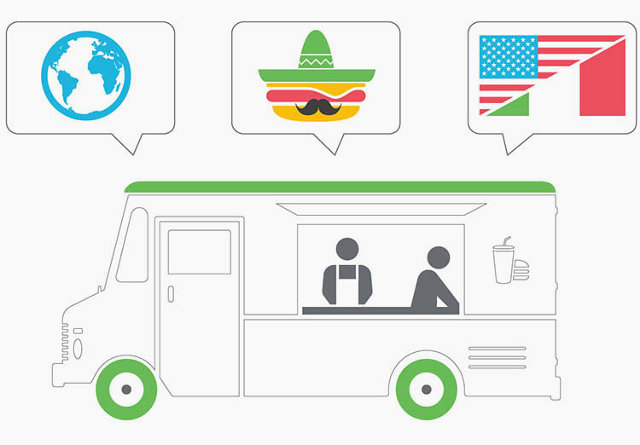4 Ways To Fix The Fast Food Industry
MCDONALD'S, BURGER KING, AND THEIR ILK COULD LEARN A LOT FROM FOODIE CULTURE, WRITES RKS DESIGN CEO RAVI SAWHNEY.
Over the past decade the term foodie has become a badge of honor among many consumers, altering how Americans eat. Foodie culture has grown immensely and continues to influence the way in which Americans think about, talk about and, most importantly, identify withfood. Visiting a famous chef’s restaurant or a food truck on some obscure street corner is a source of excitement and exploration that is eagerly shared through social media; the hashtag "foodie" has appeared more than 5 million times on Instagram, according to the app's search function.
Ironically, as data rolls in from surveys like the Gallup Poll, revealing that 8 out of 10 Americans are still eating fast food at least once a month, the connection between the rapidly growing foodie culture and the old champion of Modernist production is becoming difficult to establish. Contrary to the empowerment and pride associated with sharing "foodie" experiences, social media posts regarding fast food consumption imply emotions of guilt, feeling overweight, and a sense of embarrassment among peers—#Imfat, #fattie, #fat, or #diettomorrow. Curious as to the reasons behind this stark contrast, researchers at RKS explored how design could play a role in reconciling such distinctive experiences.
We began by posing the question: Could a $191 billion dollar industry like fast food really learn something from the niche foodie culture? We decided to find out. We put on our ethnographic lenses and bravely entered the world of the fast-food lunch rush. We observed customers’ journeys at a diverse range of fast food chains as well as food trucks, drawing insight through every touch point. To augment our observational understanding we also conducted a few ad hoc interviews with customers, ultimately formulating principles that could shift the negative perception of fast food into a relevant experience for tomorrow’s customer.

GIVE AN ALL-IN-ONE EXPERIENCE
Food is just as much a cultural marker and social experience as it is a sustenance provider. In contradistinction with the experience provided at many fast food chains, food trucks provide a very personalized experience. We found consumers engaging in casual chitchat, feeling as though they were part of a community. Unlike many fast food chains that operate as an assembly line, the food truck operatorhandled orders, cash, food preparation, and serving. The customer was able to engage with the same person at every aspect of the experience, which provided a more meaningful experience.
So what if fast food chains assigned only one server to one customer and had that server engage in all aspects of the customer experience including ordering, preparation, calling the customer by name (instead of by number) and hand-delivering his or her food? Eliminating such harsh separation of these roles would largely eliminate the anonymity, cog-in-a-machine feel of fast food restaurants and replace it with casual, yet genuine interactions that heighten perceived value.

DON’T MAKE FAST FOOD TOO FAST
There were two main ways to communicate high-quality food that we observed: wait time and visibility of fresh ingredients. It may be counterintuitive, but people are not as reluctant to wait for their "fast" food as some might expect. At food trucks we discovered that a long line communicates to customers that the food is worth the wait. And while customers wait for their food, they see fresh ingredients on display, which reinforces their perception of the product’s quality.
We observed such behavior at the regional hotspot In-N-Out Burger. Due to the high visibility of ingredients in the kitchen, customers were able to see raw potatoes sliced and fried. This reassures them that the ingredients are fresh, lifting the stigma associated with processed food. The immediate, palpable feedback is much more effective than current strategies we observed at some fast food chains; McDonald's, for instance, had a looped video of farms where they supposedly source their "fresh" lettuce. Through interviews and observation, we also found that customers who ordered food were less willing to believe ingredients were fresh and locally sourced when they saw rows of burgers and fries sitting under heat lamps. What if fast food chains made their food-preparation processmore visible to their customers, heightening the value and integrity of the product?

LEVERAGE THE LOCAL CONTEXT
At the food truck event, we noticed that each truck has a narrative element that brings customers delight. Perhaps it’s the story of combining unusual ingredients or bringing together street food from China and Mexico to create an original experience. Often fast food restaurants have a rich history but they rarely use these stories in a way that resonates with customers. What if fast food chains embraced their history and used it to craft a more meaningful identity? For multinational chains, it is easy to create a generic image. A narrative that is unique to the local context gives consumers a sense of heritage, makes them feel like the chain has been successful over time and, most importantly, encourages strong customer loyalty.

IT’S NOT A DIET, IT’S A LIFESTYLE
A recent New York Times article pointed out that American society is becoming more interested in "flexitarianism"-–a diet that is rich in plants and includes fewer animal products and processed foods. The article recognized that flexitarianism is not another fad diet but instead is increasingly becoming a lifestyle.
Fast food chains need to recognize that people are not merely concerned with losing weight with more fat-free and artificially sweetened foods; they see health as a way of life that incorporates unprocessed, hormone and pesticide-free foods through environmentally and socially sustainable practices. What if fast food restaurants started incorporating health-driven lifestyles into their menus? Instead of adding surface-level fixes like salads and sugar-packed fruit smoothies, the fastfood industry should provide meaningful additions that showcase to consumers a nuanced understanding of health.

Of course, a $191 billion industry does not change overnight. Nonetheless, these design insights can start a conversation about transforming fast food into a relevant industry that is aligned with the evolving cultural codes, values, and aspirations of tomorrow’s consumer.
No comments:
Post a Comment